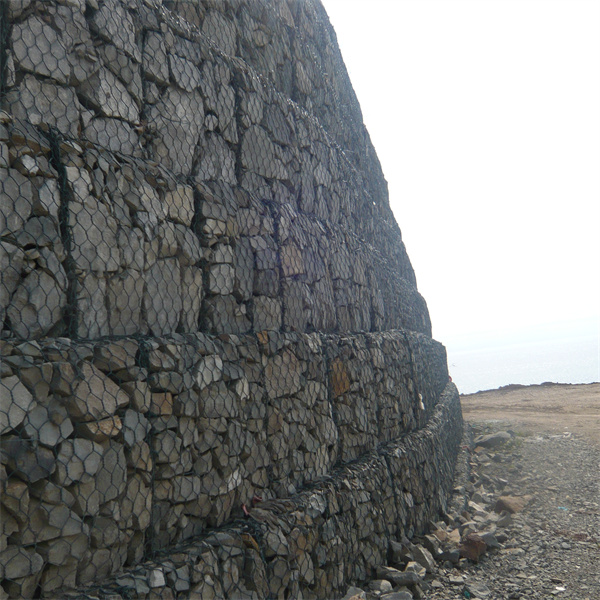Desemba . 18, 2024 10:42 Back to list
Affordable Gabion Cages Cost Comparison for Your Landscaping Needs
Understanding Gabion Cages Prices
Gabion cages, also known simply as gabions, are wire mesh containers filled with stones, concrete, or other materials, primarily used for various construction, landscaping, and erosion control applications. With their popularity on the rise due to their durability and aesthetic appeal, understanding the prices associated with gabion cages is essential for anyone considering their use in a project.
What Are Gabion Cages?
Gabion cages are typically made from heavy-gauge steel wire and can come in a variety of shapes and sizes. They are often used in landscaping to create decorative walls, pathways, and terraces. Moreover, they serve practical purposes in erosion control, river bank stabilization, and even as noise reduction barriers.
The versatility of gabion cages is one of the key factors driving their demand. They can adapt to various designs and can be filled with different materials, allowing for customization according to specific needs and preferences.
Factors Influencing Gabion Cage Prices
Several factors affect the prices of gabion cages, including
1. Material Quality The type of materials used in manufacturing gabion cages significantly impacts their cost. Higher quality steel and coatings will increase longevity and resistance to corrosion, but they also come at a higher price. Galvanized steel, for example, lasts longer than black steel and often justifies the extra cost.
2. Size and Dimensions Gabion cages are available in various sizes. Larger cages require more material, which can drive up costs. Often, buyers can find standard sizes at lower prices due to mass production, while custom sizes will generally be more expensive.
gabion cages prices

3. Type of Fill Material The material used to fill the gabion cages also affects the overall price. While stones are commonly used, the type and size of the stone will vary in cost. Other alternatives, like recycled materials or decorative rocks, may also vary in price.
4. Manufacturer and Supplier Prices can vary significantly from one manufacturer or supplier to another. It's worth shopping around and comparing quotes. Additionally, local suppliers may offer different prices than national chains, which can have shipping costs impacting the overall price in various regions.
5. Quantity Buying in bulk usually leads to discounts. If you are planning a large project, purchasing a significant quantity of gabion cages may result in lower per-unit costs.
6. Additional Accessories Prices may also be affected by the need for additional components, such as filling materials, installation equipment, and drainage solutions. These extra expenses should be factored into the overall budget when planning a project.
Price Ranges
As of October 2023, the prices for gabion cages can range widely based on the factors mentioned. Generally, you can expect to pay anywhere from $50 to $150 per unit for standard-sized cages. Smaller cages can be available for as low as $30, while larger or custom models may run upwards of $200 or more.
If you factor in the filling materials, the total cost can also vary considerably. For example, the cost of stones can vary widely based on region and availability, which could add another $100 to $300 to the overall project cost.
Conclusion
Understanding gabion cage prices is essential for planning any project that involves their use. By considering the various factors that influence costs, it becomes easier to budget accordingly and select the best materials for your specific needs. Whether you're looking to enhance your garden, tackle erosion issues, or build a retaining wall, gabion cages offer a robust and visually appealing solution. By researching and comparing options, you can ensure a successful and cost-effective implementation of gabion cages in your next project.
-
hesco-gabion-baskets-for-coastal-erosion-prevention
NewsAug.22,2025
-
longevity-and-durability-of-river-rock-gabion-walls
NewsAug.22,2025
-
how-to-integrate-gabion-3d-walls-in-urban-planning
NewsAug.22,2025
-
reno-mattress-gabion-applications-in-civil-engineering
NewsAug.22,2025
-
how-to-install-wire-mesh-for-gabion-baskets-properly
NewsAug.22,2025
-
best-materials-for-filling-a-chain-link-gabion
NewsAug.22,2025
-
Wire Mesh Thickness Impact on Gabion Wall Load Bearing
NewsAug.12,2025






